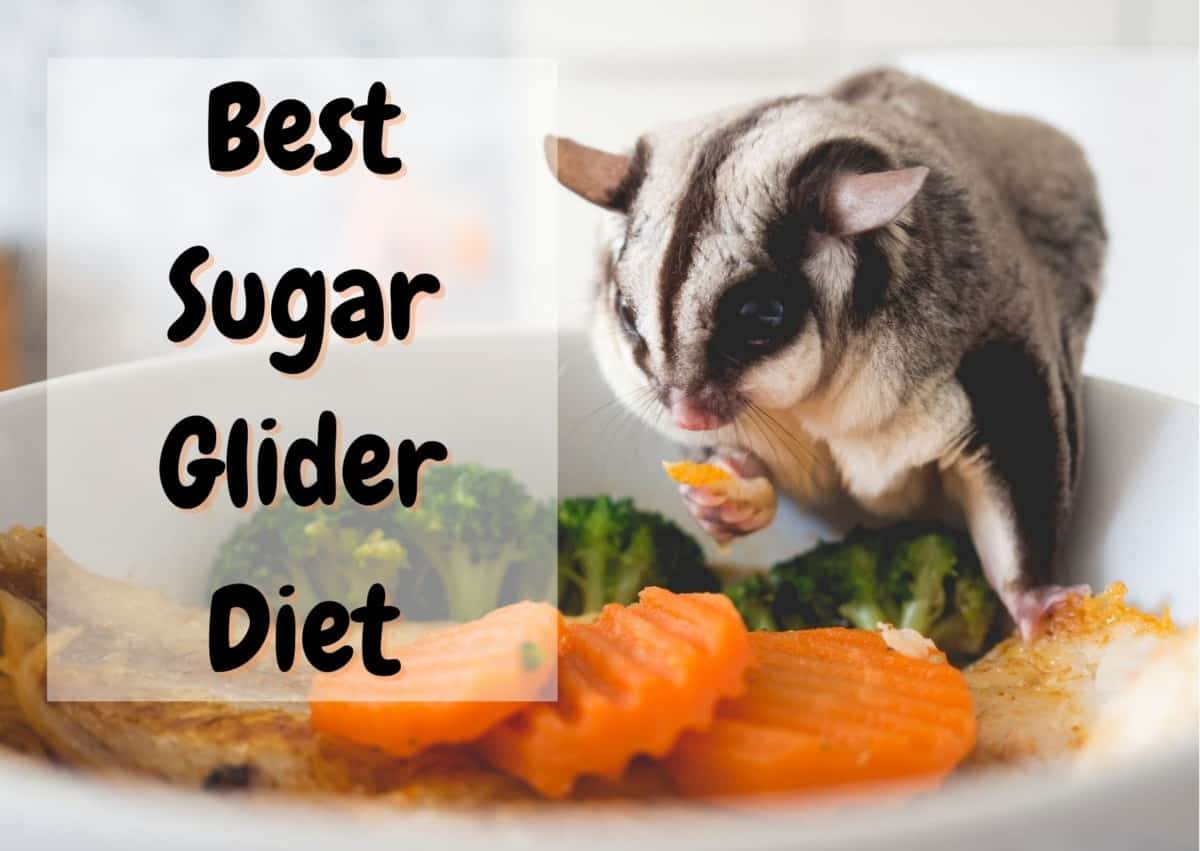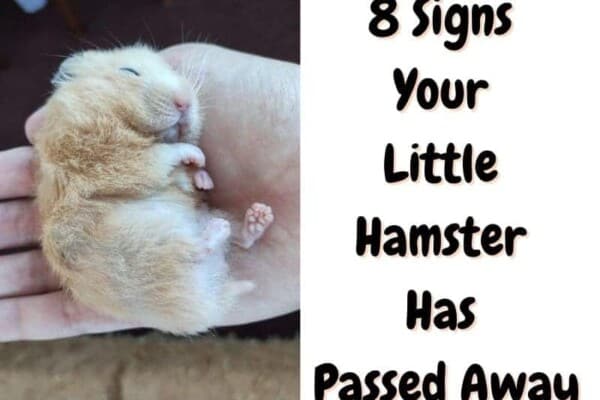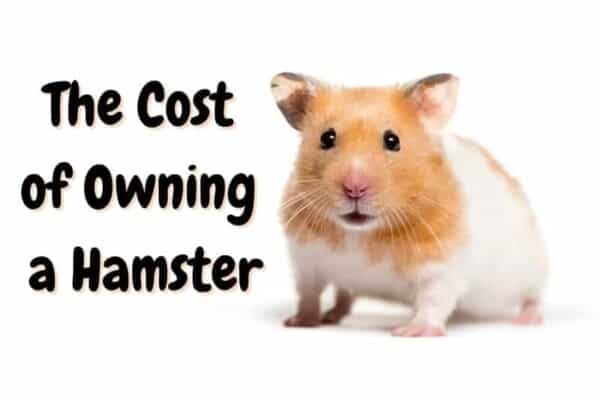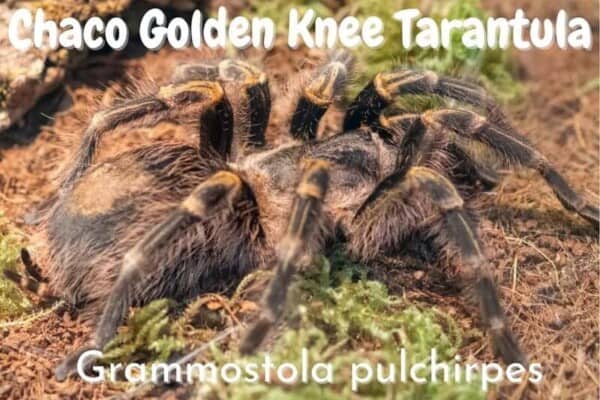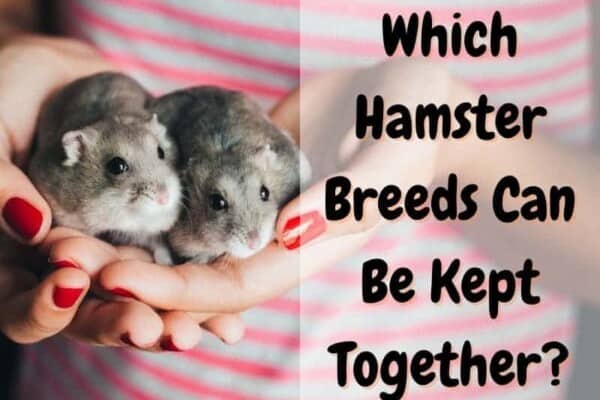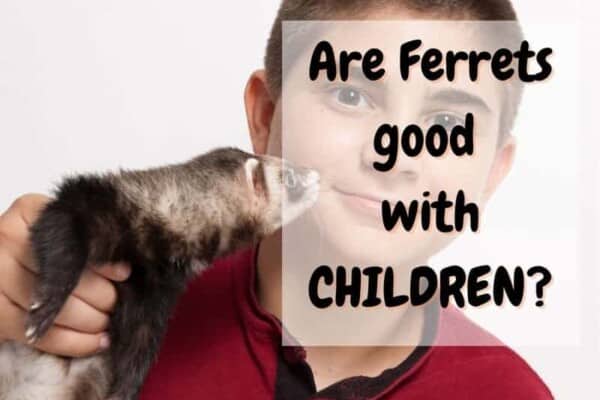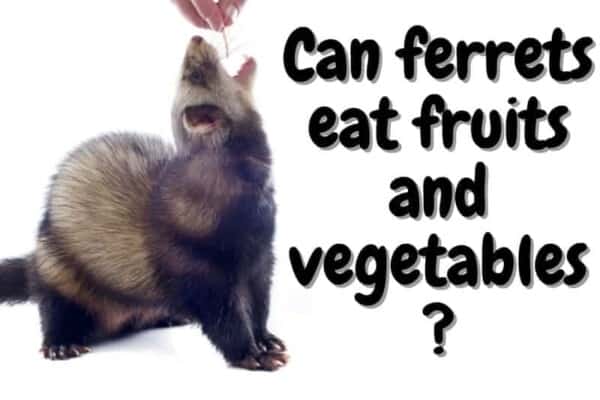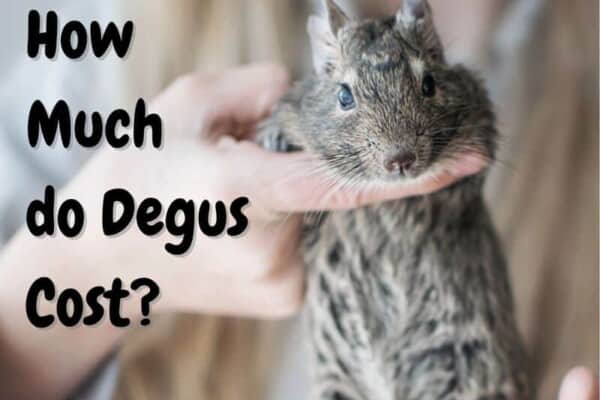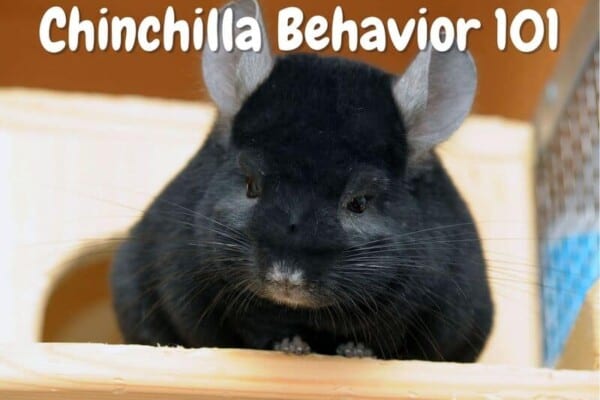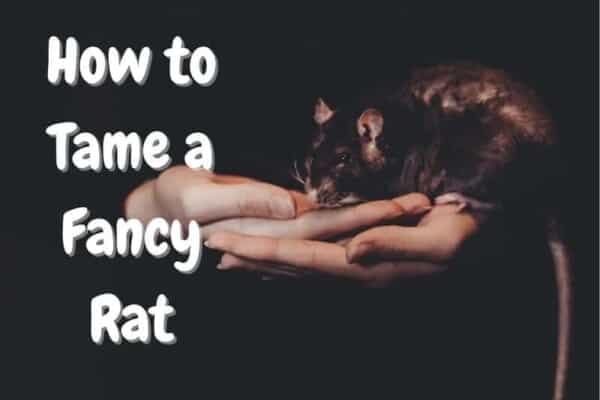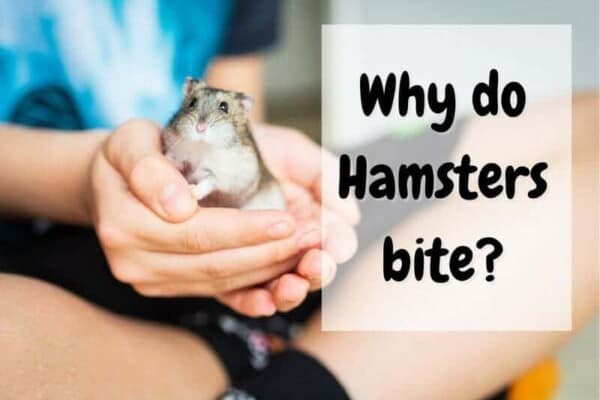While sugar gliders live off the food they find in their natural habitat, it can be challenging for their owners to replicate this type of diet. So what do sugar gliders eat in captivity? In short, a balanced diet can include:
- Selected fresh fruits and vegetables
- Nectar or sap mixture
- Boiled eggs
- Insects
- Frozen drops of yogurt
- Sugar glider pellets or kibble
In this post, we will discuss the type of food sugar gliders can have, the type of food they should not eat, as well as some ideas for homemade recipes for your furry friends.
List Of Fruits And Vegetables Your Sugar Glider Can Eat
Here is a comprehensive list of the most common fruits and vegetables your sugar gliders can eat. These are available from most continents so you should be covered wherever you live. The latter part of the chart gives you a list of food your sugar glider should avoid.
| A | Currant | Loquat | Rutabaga |
| Acerola | Cucumber | M | S |
| Alfalfa | D | Mammee Apple | Sapodilla |
| Amaranth | Date | Mandarin | Sapote (Mamey) |
| Apple | Dandelion | Mango | Snap Pea |
| Apricot | Dill | Mulberry | Soursop |
| Artichoke | E | Mustard Green | Soy Bean |
| Asian Pear | Eggplant | N | Spinach |
| Asparagus | Elderberry | Nectarine | Strawberry |
| Avocado | Endive | O | Sugar Apple |
| B | F | Okra | Summer Squash |
| Bamboo shoot | Fig | Ohelo Berry | Sweet Potato |
| Banana | G | Orange | T |
| Beet | Ginger | P | Tamarind |
| Black-eyed pea | Gooseberry | Papaya | Tangerine |
| Blackberry | Grapefruit | Parsley | Tofu |
| Blueberry | Grape | Parsnip | Tomato |
| Breadfruit | Green Bean | Passion Fruit | Turnip |
| Broccoli | Ground cherry | Peach | W |
| Brussels sprout | Guava | Peas | Watercress |
| C | H | Pear | Watermelon |
| Cabbage | Honeydew | Pepper | Winter Squash |
| Cantaloupe | J | Persimmon | Y |
| Carambola | Jack fruit | Pineapple | Yams |
| Carissa | Java plum | Pitanga | Yellow Wax Beans |
| Carrot | Jujube | Plantain | Z |
| Casaba Melon | Jicama | Plums | Zucchini |
| Cauliflower | K | Pomegranate | |
| Celery | Kale | Pomelo | Should NOT be fed |
| Chard | Kiwi | Potato | Chocolate |
| Cherimoya | Kumquat | Pumpkin | Refined Sugar |
| Cherry | L | Prune | Onion / Garlic |
| Chick Pea | Lambsquaters | Q | Raw meat/raw eggs |
| Coconut | Lettuce | Quince | Canned fruit |
| Collard | Lemon | R | Rhubarb |
| Coriander | Lima Bean | Radish | Fruit pits |
| Corn | Lime | Raisin | Processed food |
| Cranberry | Longan | Raspberry | Insects found outdoor |
Sugar Gliders Eat a Variety of Foods
In the wild, sugar gliders eat a varied diet of fruit, vegetables, insects, and tree sap. In captivity, you should try to recreate this diet as much as possible.
Although sugar gliders enjoy sweet foods, some types of sweets may impact their health. While fresh fruit is a common part of the glider diet, canned fruit contains refined sugar that is dangerous for your pet.
Yet without a proper diet, sugar gliders may suffer from health complications, including metabolic bone disease. For the most part, sugar gliders eat a combination of the following foods:
- selected fruits and vegetables (see list above)
- proteins (found in eggs or insects)
- home-made nectar mixtures.
For this reason, some vets recommend a three-part diet. One-third of the diet contains kibble, one-third contains a nectar mixture, and the final third contains a variety of fresh produce and insects.
The kibble or pellets are commercial sugar glider foods and are available at some specialty pet stores. Depending on where you live, you may need to buy the food online. These foods are specially formulated to meet the nutritional needs of your pet, but it’s not the only thing that they should eat.
Preparing a nectar mixture for your sugar glider
The nectar mixtures help recreate the sweet sap that gliders suck out of trees in the wild. Making your own nectar only requires a few ingredients:
- 1/2 cup of warm water
- 1/2 cup of raw honey
- 1/2 cup of baby cereal
- 1 hard-boiled egg
- 1 teaspoon sugar glider vitamin supplement
Here is how to prepare it: combine everything except the baby cereal in a blender. Blend until pureed. Slowly add the baby cereal and continue mixing until you have a smooth nectar mixture.
Then, along with the kibble and nectar, feed your pet various treats, such as frozen drops of yogurt, insects, and chopped fruits and veggies. Sugar gliders tend to love fruits and vegetables, which also provide healthy doses of important vitamins.
As shown in the chart above, the range of available fruits and vegetables is wide, the most commonly used in the US being:
- Apples
- Bananas
- Carrots
- Figs
- Grapefruit
- Mangoes
- Peaches
- Pears
- Pineapples
- Sweet potatoes
Remember, use insects and foods with high oxalate levels sparingly as treats. Food such as pears, beets, and figs can limit calcium absorption, while insects contain high-fat contents.
What Are the Dos and Don’ts of Feeding a Sugar Glider?
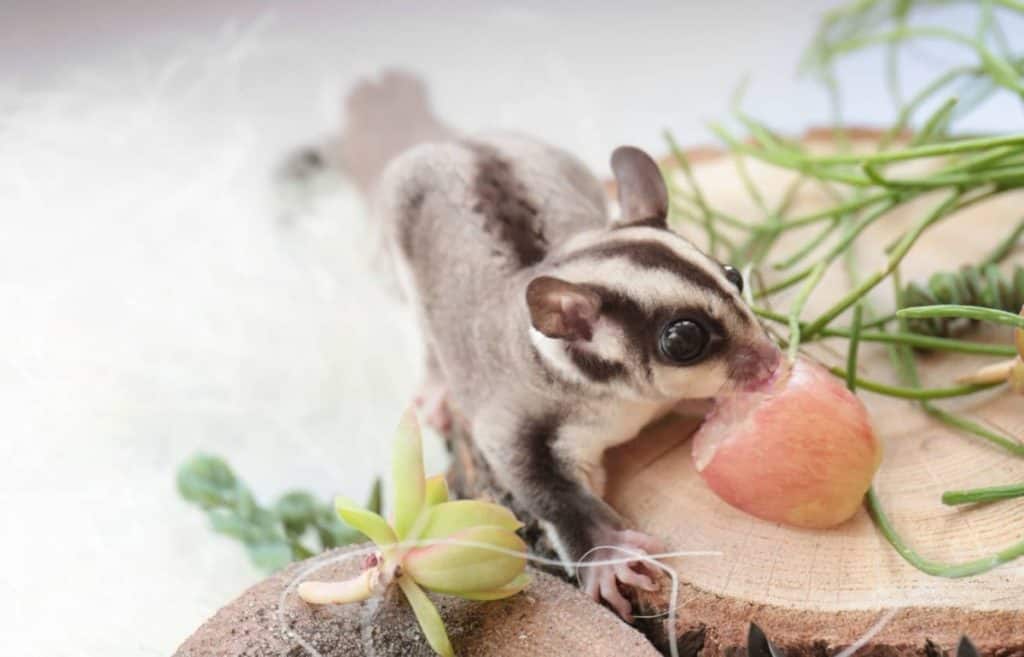
Buying the right food for your glider is a good step toward feeding it a balanced diet, but you also need to ensure that it doesn’t overeat or that it only eats the sweet stuff. Along with providing a variety of foods, follow these sugar glider diet tips:
- Feed your glider in the morning and evening: Your gliders may eat most of their meals in the evening when they wake up and again in the morning before they become less active for the rest of the day. To avoid giving your glider too much of one food, feed a separate meal in the morning and evening.
- Leave a small bowl of dry glider food at night: During the night when you’re asleep, your glider may get hungry. Leave a small bowl of dry glider food, such as kibble, at night.
- Remove leftover food after feeding: Then in the morning, remove the leftover food. You should also remove leftover food from the morning meal at some point during the day.
- Wash out the food dish each day: After removing the food, wash out the food dish to prevent it from developing any mold growth or bacteria.
- Always cut fruit and veggies into small pieces: When preparing fruit and vegetables, it’s also a good idea to cut the produce into very small chunks. Sugar gliders have very small mouths, and chopping the food makes it easier for them to eat.
- Change up the foods with each feeding: You should also change up their meals with each feeding, ensuring that they get a variety of foods. For example, if you add carrots to a meal one day, use a different fruit the next day. If you add live insects one day, use a hard-boiled egg for protein the next day.
- Try placing the food dish high in the cage: In the wild, sugar gliders do most of their foraging from trees. To recreate their natural habitat, try positioning the food dish toward the upper part of the cage. This also reduces the chance of the glider accidentally urinating or defecating on the food dish.
How Much Does a Sugar Glider Eat in One Day?
Sugar gliders are small animals and only eat about 15% to 20% of their body weight each day. As an adult glider only weighs a little over 4 ounces (113g), it may only eat about 0.6 to 0.8 ounces per day (17g to 23g). So after one to two tablespoons, your pet may not want any more food for the day. However, some gliders keep eating if you leave food in the dish.
In fact, overfeeding is a common problem. As sugar gliders only require up to two tablespoons of food per day, it’s easy to provide much more food than your pets need. Overeating leads to obesity, which increases the risk of health problems.
Your glider needs a mixture of protein, calcium, and vitamins. To get the right nutrients, some sugar glider owners stick to a combination of 50% protein, 25% fruit, and 25% vegetables.
However, this makes it difficult to factor in kibble and nectar, which also contain important nutrients, so the one-third rule is easier to follow. One-third of your glider’s diet should include kibble, one-third should include nectar, and everything else can fit into the final third.
What Foods Are Harmful to Sugar Gliders?
Sugar gliders are naturally curious animals. If you put food in its dish, it will likely try to eat it, especially if it has a sweet smell and taste. Some of the foods that your sugar glider needs to avoid include:
- Refined sugar
- Raw meat or raw eggs
- Seeds
- Fruit pits
- Canned fruit
- Chocolate
- Insects found outdoors
By the same token, avoid all refined sugar and processed foods. This includes canned fruit, candy, and sweets. You don’t need to feed human food to your exotic pet.
Fruit, vegetables, insects, and nuts are foods commonly found in a sugar glider diet, but you need to be careful. These foods are beneficial in small amounts but potentially deadly in large quantities.
Nuts and insects have a lot of fat, as do some fruits and vegetables, such as avocados and sweet potatoes. So it’s important to avoid feeding too much fat to your sugar gliders, as it increases the risk of obesity.
You should also be careful with meat and eggs. Raw foods increase the chance of contamination and salmonella.
An Improper Sugar Glider Diet May Lead to Health Issues
Digestive problems, such as diarrhea, may occur when your pet gets too much lactose from dairy products. While small drops of frozen yogurt can provide beneficial protein and probiotics, too much may lead to digestive issues.
If you notice diarrhea in the cage, give a glucose supplement to your sugar glider. Watered Gatorade tends to work well. Glucose helps reduce the risk of dehydration caused by diarrhea. Continue to monitor your glider’s health, and, hopefully, the illness will pass.
Another key point is that a lack of proper nutrition may also lead to calcium deficiency, which is one of the most common health problems for sugar gliders. With a calcium deficiency, sugar gliders may develop nutritional secondary hyperparathyroidism (NSHP).
Calcium deficiencies occur either due to a lack of calcium or an abundance of phosphorus. The bones weaken, increasing the risk of broken bones. He may even break his back or neck if he falls, requiring you to have the pet euthanized.
Shaky legs and prolonged trembling are common signs of calcium deficiency. Use a calcium supplement to attempt to correct the problem. If it continues, take your pet to the vet, especially if your glider develops seizures or the trembling becomes worse.
What do sugar gliders drink?
Sugar gliders drink water, typically from a water bottle or dish. However, sugar glider babies often receive a mixture of water and Gatorade or Pedialyte for the first couple of weeks, as they prefer the sweeter taste. After a couple of weeks, you start gradually decreasing the Gatorade or Pedialyte until the glider drinks plain water.
How do you detect dehydration in a sugar glider?
A dehydrated glider may have stiff skin and dull eyes. Pinch the skin located behind the neck. In a healthy glider, the skin should return to its shape within a second. If the fold remains for more than a second, it’s likely dehydrated. Give it a combination of water and Gatorade or Pedialyte.
Why does my sugar glider shake?
Gliders tend to shake when they first wake up. If your glider continues to shake or you notice weak hind legs, it may have a calcium deficiency, which can lead to bone disease. Try adding more calcium to the glider’s diet, such as insects that are fed calcium-rich food.
Related articles:
Resources and further reading:
- Feeding behavior and nutrition of the sugar glider (Petaurus breviceps), Ellen S Dierenfeld
- Caring for Your Pet Sugar Glider, North Carolina State University College of Veterinary Medicine
Contents
- List Of Fruits And Vegetables Your Sugar Glider Can Eat
- Sugar Gliders Eat a Variety of Foods
- Preparing a nectar mixture for your sugar glider
- What Are the Dos and Don’ts of Feeding a Sugar Glider?
- How Much Does a Sugar Glider Eat in One Day?
- What Foods Are Harmful to Sugar Gliders?
- What do sugar gliders drink?
- How do you detect dehydration in a sugar glider?
- Why does my sugar glider shake?

